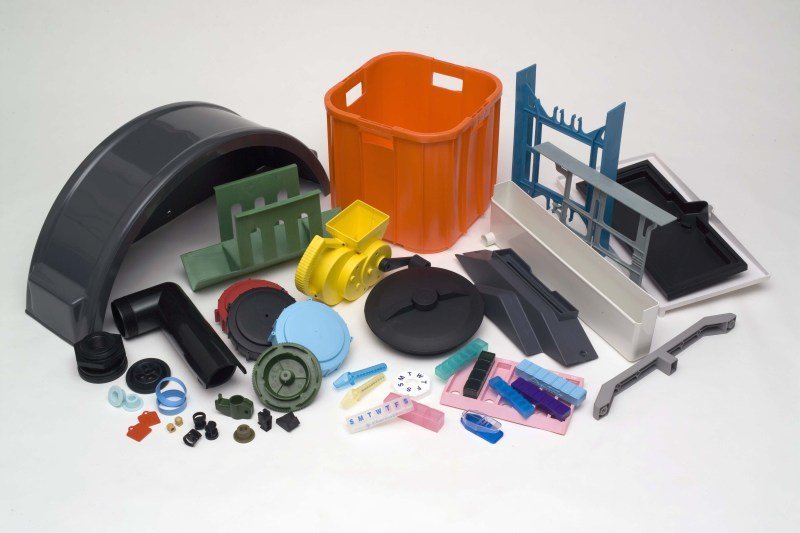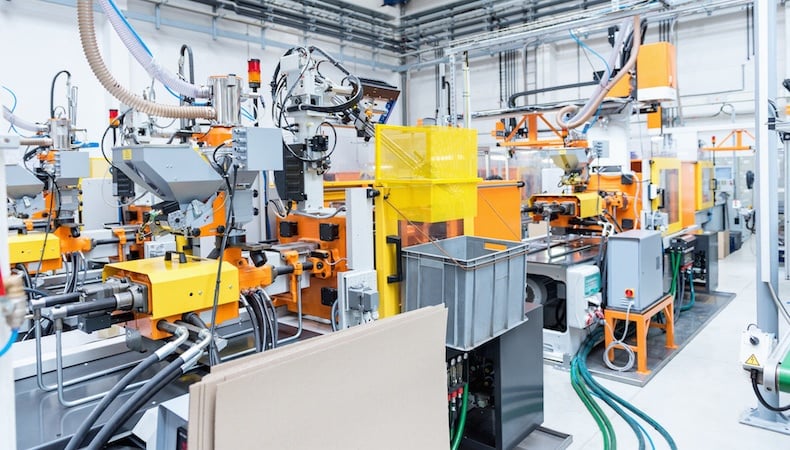Exploring the Future of Plastic Injection Molding in the Production Industry
The Future of Plastic Injection Molding: Developments and patterns to View
As the plastic shot molding industry progresses, numerous crucial fads are arising that pledge to reshape its landscape. Automation and clever manufacturing techniques are established to enhance efficiency, while the change towards sustainable products reflects an expanding ecological consciousness.
Automation and Smart Production
As the plastic shot molding industry progresses, automation and smart production are taking center stage, reinventing production procedures - Plastic Injection Molding. The assimilation of innovative modern technologies such as robotics, IoT (Web of Points), and artificial intelligence is making it possible for producers to boost effectiveness, decrease operational costs, and boost item high quality. Automated systems improve operations, minimizing hand-operated treatment and boosting throughput, which is essential in fulfilling the climbing need for rapid manufacturing cycles
Smart manufacturing modern technologies facilitate real-time surveillance and data analysis, enabling firms to optimize equipment performance and anticipate upkeep demands. This proactive method not only lessens downtime however likewise expands the lifespan of equipment. The usage of collaborative robots, or cobots, improves the flexibility of production lines, enabling workers and devices to operate side by side securely and effectively.
The adoption of automation in plastic shot molding is not just a trend yet a critical imperative for businesses intending to remain competitive in a worldwide market. By harnessing these innovations, producers can achieve greater accuracy, decrease waste, and adjust swiftly to altering consumer needs, placing themselves for sustainable growth in a progressively automatic future.
Lasting Products and Practices
The press in the direction of automation and wise production has led the way for a greater emphasis on sustainable products and methods within the plastic shot molding industry. Companies are significantly seeking environmentally friendly options to conventional petroleum-based plastics, causing the adoption of recycled and bio-based products. These sustainable materials not just reduce environmental impact but additionally line up with consumer demand for greener items.

Furthermore, cooperation between makers, product suppliers, and environmental companies is promoting innovation in the development of sustainable materials that fulfill performance criteria without compromising quality. As laws around plastic usage end up being more stringent, the market is poised to adjust by embracing these lasting techniques, making certain long-lasting feasibility and decreasing reliance on non-renewable resources. The assimilation of sustainability into plastic injection molding is not merely a fad; it is coming to be an important part of corporate responsibility and operational quality.
Breakthroughs in 3D Printing
Current developments in 3D printing innovation are significantly changing the landscape of plastic injection molding. Impossible or when challenging to accomplish with typical approaches, the integration of additive manufacturing procedures allows for the rapid prototyping of intricate geometries that were. This capability not only speeds up product advancement cycles however also lowers product waste, straightening with the expanding need for lasting manufacturing techniques
In addition, the emergence of crossbreed production strategies, which incorporate 3D printing and injection molding, offers makers the capacity to produce elaborate styles while maintaining the performance of automation. This technique allows the production of tailored parts customized to specific consumer demands without giving up the rate and scalability that injection molding supplies.
Additionally, advancements in products, such as high-performance polymers and composites especially created for 3D printing, are improving the practical capabilities of printed elements. These materials can withstand higher stress and anxiety and display improved thermal homes, making them suitable for even more demanding applications.
As 3D printing remains to progress, its assimilation right into plastic injection molding procedures guarantees to boost productivity, reduce prices, and foster advancement in product design, placing makers to better meet the challenges of an open market.
Data Analytics and IoT Assimilation
Data analytics and the combination of the Web of Points (IoT) are transforming plastic injection molding by supplying manufacturers with unprecedented understandings right into their operations. By leveraging real-time information collected from interconnected equipments and sensors, suppliers can keep an eye on performance metrics, recognize ineffectiveness, and enhance production procedures. This data-driven approach helps with predictive upkeep, minimizing downtime and expanding devices lifespan.
Additionally, IoT assimilation enables enhanced quality assurance. By constantly tracking variables such as cycle, temperature, and pressure times, manufacturers can promptly find discrepancies from established specifications and make adjustments in actual time. This not just enhances item consistency yet likewise reduces waste and scrap prices.
The blend of information analytics and IoT innovations likewise equips suppliers to take on more agile production techniques. With access to comprehensive information analytics, organizations can react to market demands with better versatility, adjusting manufacturing schedules and configurations as required. This adaptability is essential in a rapidly altering see this site manufacturing landscape.

Personalization and Layout Adaptability
How can click for more info modification and style versatility enhance the competitiveness of plastic injection molding? Modification permits makers to meet certain customer demands, accommodating special measurements, forms, and functionalities that typical items may not satisfy.
Innovations in style modern technologies, such as computer-aided layout (CAD) and fast prototyping, additional reinforce this pattern. These tools enable developers to develop intricate patterns and complex geometries, which can be flawlessly integrated into the production process. Because of this, makers can react promptly to altering consumer preferences and market demands.
Furthermore, the implementation of modular tooling systems boosts style flexibility, enabling for quicker modifications between various product designs without substantial downtime. This adaptability can bring about decreased lead times and lower production prices, making companies more affordable and nimble. Inevitably, embracing personalization and design adaptability in plastic shot molding not just boosts product offerings but likewise strengthens market positioning in an ever-evolving landscape.
Final Thought
The future of plastic injection molding is identified by significant innovations in automation, sustainable techniques, and ingenious products. Personalization via click to read more modular tooling and fast prototyping will certainly make it possible for producers to continue to be receptive and competitive to the vibrant demands of the market.

The future of plastic shot molding is defined by significant developments in automation, sustainable techniques, and innovative materials.